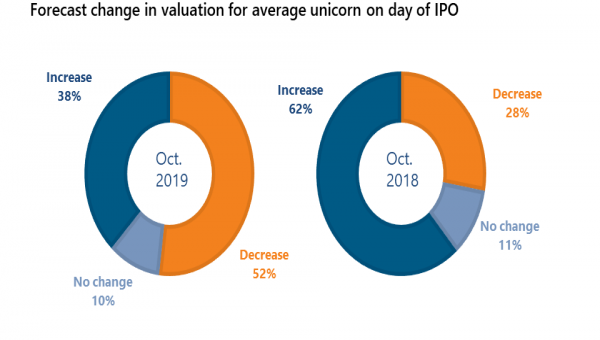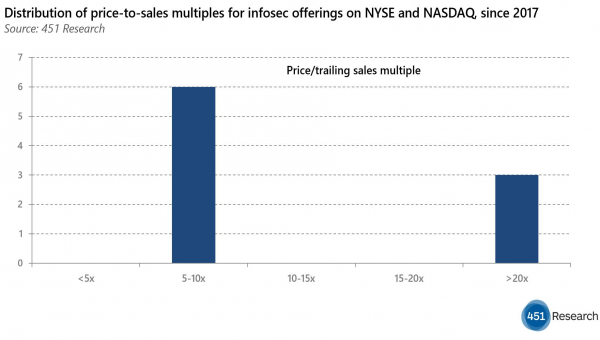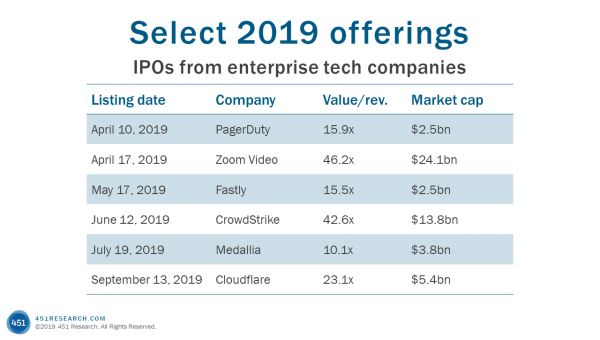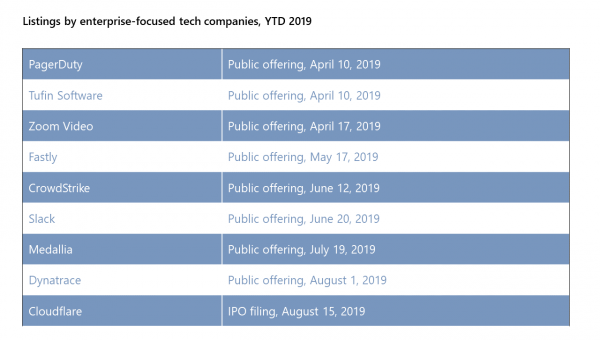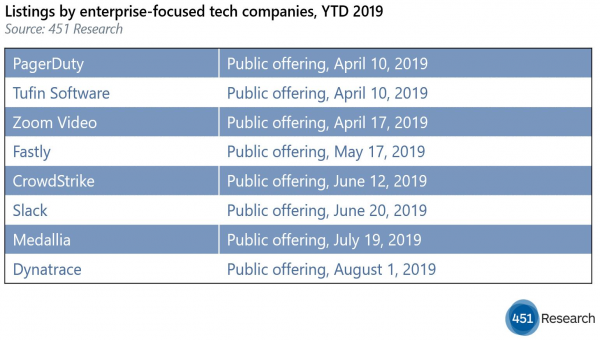by Brenon Daly
Undeterred by other hobbling consumer tech unicorns, Casper Sleep is moving ahead with its Wall Street plans. The direct-to-consumer mattress seller set terms Monday for its upcoming IPO. Based on the initial pricing, Casper will be yet another ‘down-round’ IPO.
In the frothy private market, the self-described ‘pioneer of the sleep economy’ was able to convince investors that it was worth more than $1bn in its funding last March. Wall Street isn’t buying that. Casper and its eight underwriters have had to trim the company’s last-round valuation by about one-third, dropping it below rarified ‘unicorn’ status.
That price is based on the high end of the initial range, which is written in pencil by underwriters. Casper’s market debut is set for the first week of February. As it stands now, however, the company will almost certain face a discount when it lists on the NYSE, a reversal of the typical private-to-public valuation trendline.
Assuming it does trade that way, Casper will be the latest consumer tech IPO to sink underwater. As we noted in the IPO section of our recently published Tech M&A Outlook: Introduction, the high-profile trio of Pinterest, Lyft and Uber all finished 2019 (their first calendar year as public companies) valued lower than they had been in the private market. (See full report.)
Like that trio, Casper gives Wall Street investors plenty of reasons to be skeptical about its business. The money-losing company, which is somewhat known for its ‘napmobiles,’ spends more than one-third of revenue on sales and marketing. (More alarmingly, it was down to just $55m in cash at the end of September.) Given the public market’s shift away from subsidizing unproven B2C business models, once Casper does complete its IPO, it will almost certainly be looking up longingly at what it was once worth.
Figure 1:


